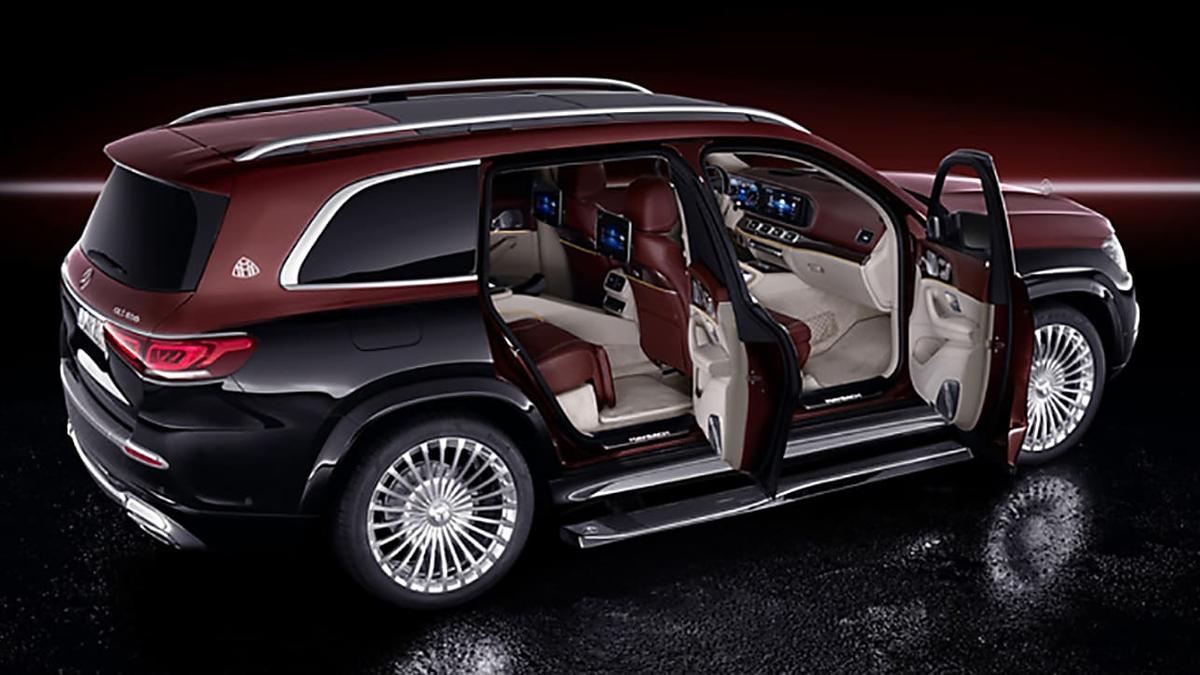Spacious Crossovers: Finding the Perfect SUV for Comfort and Cargo
When families and individuals need a vehicle that combines the practicality of an SUV with the comfort of a sedan, spacious crossovers emerge as the ideal solution. These versatile vehicles offer elevated seating positions, ample cargo space, and modern amenities while maintaining better fuel efficiency than traditional SUVs. Understanding the key features, performance capabilities, and pricing considerations helps buyers make informed decisions that align with their specific needs and budget requirements.

Understanding Spacious Crossovers Interior Space and Comfort Features
Modern crossovers prioritize passenger comfort through thoughtful interior design and premium materials. Most three-row crossovers provide seating for seven to eight passengers, with second-row captain’s chairs offering easier access to the third row. Interior space varies significantly between models, with mid-size crossovers typically offering 40-45 cubic feet of cargo space behind the second row and 10-15 cubic feet behind the third row.
Comfort features commonly include heated and ventilated front seats, dual-zone or tri-zone automatic climate control, and premium upholstery options. Many manufacturers incorporate noise-reduction technologies and improved suspension systems to create quieter, smoother rides. Adjustable seating configurations allow passengers to maximize either seating capacity or cargo storage based on immediate needs.
Performance and Driving Experience Technology and Convenience Features
Crossover performance has evolved beyond basic transportation, with many models offering multiple engine options and all-wheel-drive systems. Turbocharged four-cylinder engines typically provide 250-300 horsepower, while V6 options can deliver 350+ horsepower for enhanced towing capabilities. Most crossovers can tow between 3,500-5,000 pounds, making them suitable for boats, trailers, or recreational equipment.
Advanced driver assistance systems have become standard features, including adaptive cruise control, lane-keeping assist, and automatic emergency braking. These technologies enhance safety while reducing driver fatigue during long trips. Smooth-shifting automatic transmissions, often with eight or more gears, optimize fuel efficiency and performance across various driving conditions.
Technology Convenience Features and Price Ranges
Contemporary crossovers integrate sophisticated infotainment systems with large touchscreens, typically ranging from 8-12 inches. Apple CarPlay and Android Auto connectivity enable seamless smartphone integration, while built-in navigation systems provide real-time traffic updates. Premium audio systems, wireless charging pads, and multiple USB ports cater to modern connectivity demands.
Advanced convenience features include hands-free power liftgates, remote start systems, and panoramic sunroofs that enhance the overall ownership experience. Many models offer smartphone apps that allow remote vehicle monitoring, climate control activation, and security system management. These technological amenities significantly impact pricing, with fully-loaded models commanding premium prices over base configurations.
| Vehicle Model | Manufacturer | Starting Price Range | Key Features |
|---|---|---|---|
| Honda Pilot | Honda | $38,000 - $52,000 | 8-passenger seating, 280 HP V6, Honda Sensing suite |
| Toyota Highlander | Toyota | $36,000 - $50,000 | Hybrid available, Toyota Safety Sense 2.0, 84 cubic feet cargo |
| Chevrolet Traverse | Chevrolet | $35,000 - $55,000 | 98 cubic feet cargo space, 310 HP V6, 8-passenger capacity |
| Ford Explorer | Ford | $37,000 - $60,000 | Rear-wheel drive available, 300 HP turbo engine, Co-Pilot360 |
| Mazda CX-9 | Mazda | $37,000 - $47,000 | Premium interior, 250 HP turbo engine, i-ACTIVSENSE safety |
Prices, rates, or cost estimates mentioned in this article are based on the latest available information but may change over time. Independent research is advised before making financial decisions.
Choosing the Right Spacious Crossovers
Selecting an appropriate crossover requires evaluating specific family needs, driving habits, and budget constraints. Families prioritizing maximum cargo space should consider models with fold-flat seating and low load floors. Those frequently driving in challenging weather conditions benefit from standard all-wheel-drive systems and enhanced ground clearance.
Fuel efficiency remains an important consideration, with most crossovers achieving 20-26 mpg in combined driving. Hybrid variants can improve fuel economy by 5-8 mpg while maintaining comparable performance levels. Test driving multiple models helps identify differences in ride quality, noise levels, and overall comfort that specifications cannot fully convey.
Reliability ratings, warranty coverage, and local service availability should influence final purchasing decisions. Researching owner reviews and professional evaluations provides insights into long-term ownership satisfaction and potential maintenance concerns that may not be apparent during initial evaluations.
Making an Informed Choice
Spacious crossovers represent a practical compromise between functionality and efficiency for modern families. The current market offers numerous options spanning various price points, feature sets, and performance capabilities. Successful crossover selection requires balancing immediate needs with long-term ownership costs, including fuel, maintenance, and insurance expenses.
Buyers should prioritize essential features while avoiding unnecessary options that inflate purchase prices without adding meaningful value. Extended warranties, certified pre-owned programs, and manufacturer incentives can provide additional value and peace of mind. Taking time to thoroughly research and compare options ensures the chosen crossover will provide years of reliable, comfortable transportation for all family adventures and daily commuting needs.




